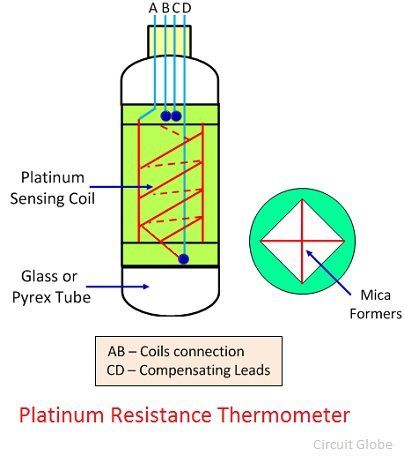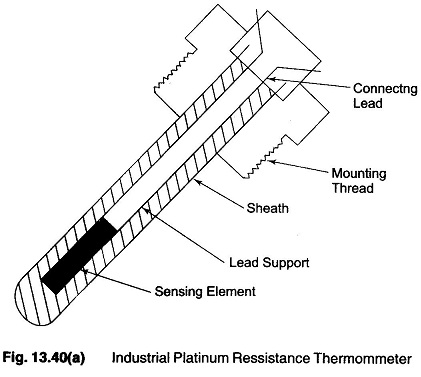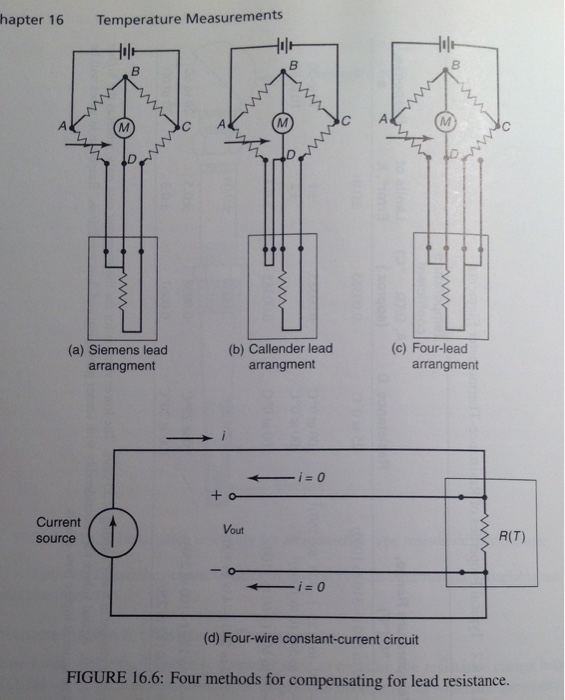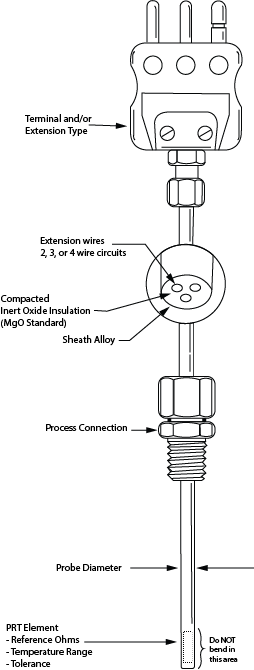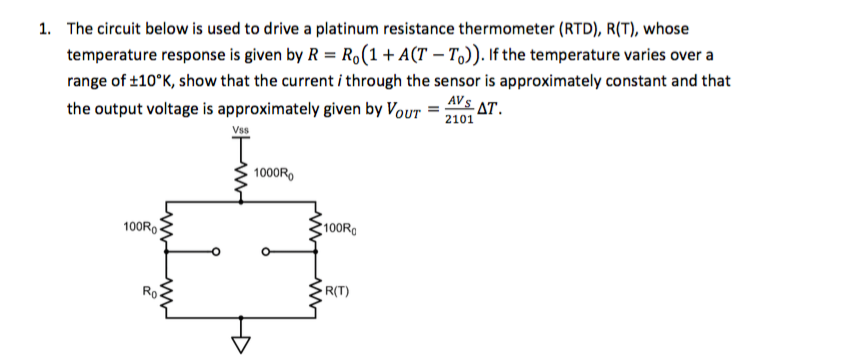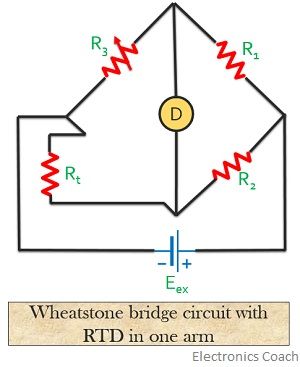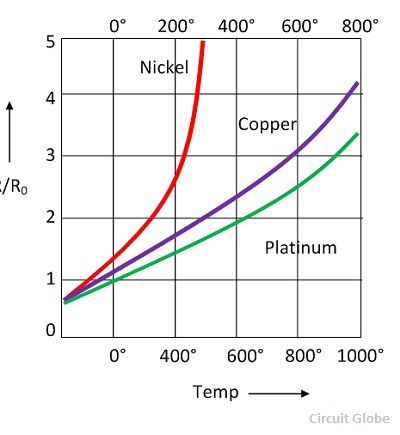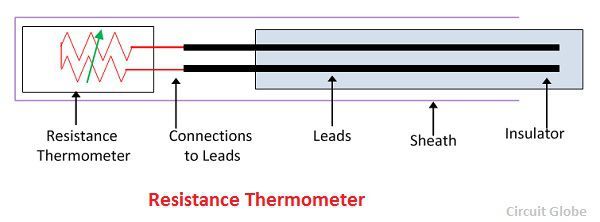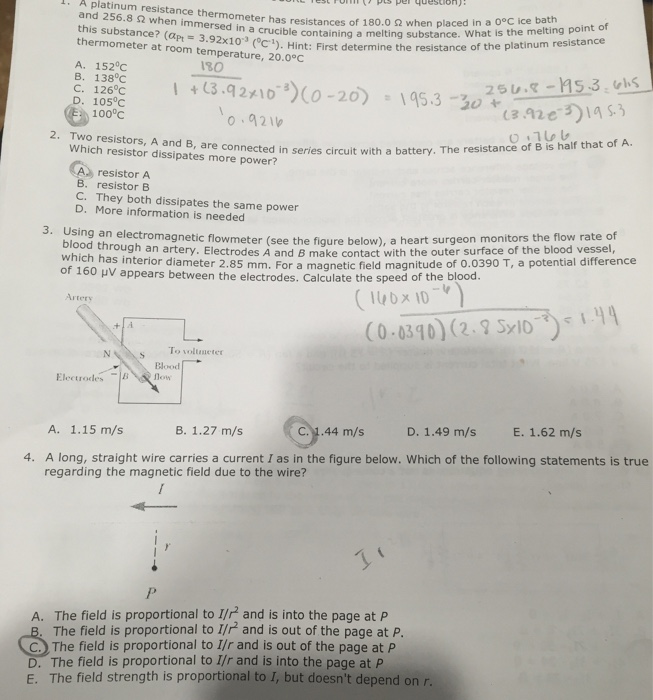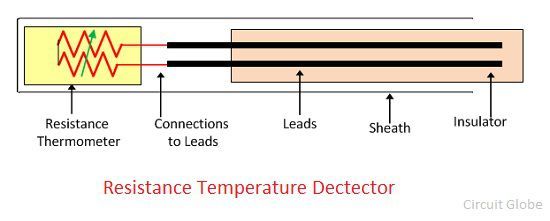Platinum Resistance Thermometer Circuit

Accuracy includes short term stability and calibration uncertainty of 0 05 c to 962 c.
Platinum resistance thermometer circuit. A platinum resistance thermometer consists of a coil of platinum wire wound on a ceramic former. One of its advantages is that it can be used over a very wide range of temperatures from 100 c to several hundred degrees celsius. The resistance of the metal is directly proportional to the temperature. The thermometer measures the temperature over the range of 200 c to1200 c.
The platinum thermal resistance ptr uses platinum for determining the temperature. Platinum resistance thermometer definition. The platinum resistor is connected to ground through a sensing resistor. Designed by fluke calibration s primary standards design team.
As rtd elements are fragile they are often housed in protective pr. The voltage drop across the resistor is input to a differential amplifier. A platinum resistance thermometer most commonly referred to as a prt is an electronic device used within a circuit. Variations in voltage across the sensing resistor drive the differential amplifier to maintain a constant current through the resistance thermometer and the sensing resistor.
A platinum resistance thermometer prt is a thermometer constructed from a high purity platinum element wire wound coil or thin film placed in a tube of metal or glass and sealed with an inert atmosphere and or mineral insulator. The material has an accurate resistance temperature relationship which is used to provide an indication of temperature. Its purpose is to evaluate the changes that may occur in the amount of electrical resistance a material may have in instances of extreme temperature. Mostly platinum is used in resistance thermometer.
It works on the principle that the resistance of platinum changes with the change of temperature. Long term drift of 0 01 c at 0 c after 100 hours at 1000 c. It is referred to as a temperature sensor. The platinum has high stability and it can withstand high temperature.
However platinum is used as a primary element in such accurate temperature sensors due to its chemically inert nature. Resistance thermometers also called resistance temperature detectors are sensors used to measure temperature. 5624 platinum resistance thermometer with temperature range of 0 c to 1000 c. Resistance temperature detector is typically made up of nickel platinum copper or tungsten.
Many rtd elements consist of a length of fine wire wrapped around a ceramic or glass core but other constructions are also used. So that it can be used in the hostile environment to reduce the chances of oxidation. Temperature range of 0 c to 1000 c. The resistance thermometer uses a sensitive element made of extremely pure metals like platinum copper or nickel.
